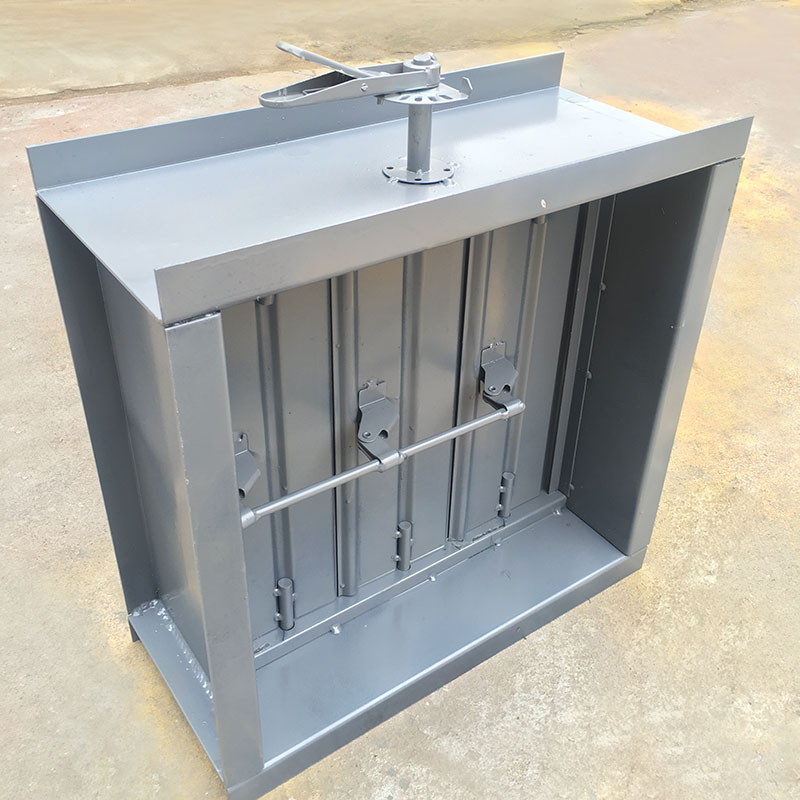Electric Dampers: Working Principles, Application Scenarios, and Installation & Maintenance Guide
Core Functions of Electric Dampers
Electric dampers are core control devices in ventilation and air - conditioning systems. They achieve precise control of temperature, humidity, and air - flow distribution by adjusting the air volume. Their applications cover scenarios such as industrial workshops, commercial buildings, and public facilities, which can effectively improve the comfort of the space and optimize energy - use efficiency.
Working Principles and Control Systems
1.Drive Mechanism
The electric damper is driven by an electric motor actuator, which drives the disc plate to rotate within the range of 0° - 90° to open/close the medium in the pipeline or adjust its flow. The actuator converts electrical energy into mechanical motion through a gear set or a worm drive system, featuring fast response and high - precision control.
2.Control Signals and Feedback
-Signal Types: It supports analog signals (e.g., 4 - 20mA) and digital signals (e.g., switching value), enabling seamless integration with the Building Automation System (BAS).
-Feedback System: The built - in sensor monitors the valve position in real - time, and closed - loop control is achieved through the opening feedback signal to ensure adjustment accuracy.
Core Advantages and Design Features
1.Structural Advantages
- The use of a center - line disc plate and a short - structure welded design reduces flow resistance and improves flow efficiency.
- The non - link design reduces mechanical failure points and extends the service life.
